Camera traps have been a key part of the conservation toolkit for decades. Remotely triggered video or still cameras allow researchers and managers to monitor cryptic species, survey populations, and support enforcement responses by documenting illegal activities. Increasingly, machine learning is being implemented to automate the processing of data generated by camera traps.
A recent study published showed that, despite being well-established and widely used tools in conservation, progress in the development of camera traps has plateaued since the emergence of the modern model in the mid-2000s, leaving users struggling with many of the same issues they faced a decade ago. That manufacturer ratings have not improved over time, despite technological advancements, demonstrates the need for a new generation of innovative conservation camera traps. Join this group and explore existing efforts, established needs, and what next-generation camera traps might look like - including the integration of AI for data processing through initiatives like Wildlife Insights and Wild Me.
Group Highlights:
Our past Tech Tutors seasons featured multiple episodes for experienced and new camera trappers. How Do I Repair My Camera Traps? featured WILDLABS members Laure Joanny, Alistair Stewart, and Rob Appleby and featured many troubleshooting and DIY resources for common issues.
For camera trap users looking to incorporate machine learning into the data analysis process, Sara Beery's How do I get started using machine learning for my camera traps? is an incredible resource discussing the user-friendly tool MegaDetector.
And for those who are new to camera trapping, Marcella Kelly's How do I choose the right camera trap(s) based on interests, goals, and species? will help you make important decisions based on factors like species, environment, power, durability, and more.
Finally, for an in-depth conversation on camera trap hardware and software, check out the Camera Traps Virtual Meetup featuring Sara Beery, Roland Kays, and Sam Seccombe.
And while you're here, be sure to stop by the camera trap community's collaborative troubleshooting data bank, where we're compiling common problems with the goal of creating a consistent place to exchange tips and tricks!
Header photo: Stephanie O'Donnell
Wildlife Conservation Society (WCS)
I am a devoted conservationist, natural resource management enthusiast interested in Elephant and Pangolin species and passionate about linking communities with environmental conservation

- 1 Resources
- 0 Discussions
- 13 Groups
- @VijayKarthick
- | He/Him
Nature Conservation Foundation
I'm a PhD student from India, interested in utilising bioacoustics and technology to answer ecological questions. I'm a frog nerd :)

- 0 Resources
- 2 Discussions
- 9 Groups
Technologist and Visual storyteller focusing on social, conservations issues.



- 1 Resources
- 42 Discussions
- 17 Groups
- @Valentin_Stefan
- | He/Him
Interested in emerging technologies related to camera traps for pollinators
- 0 Resources
- 4 Discussions
- 18 Groups
Fauna & Flora
GIS & Remote sensing technical specialist at Fauna & Flora



- 0 Resources
- 12 Discussions
- 6 Groups
Freelance nature shutterbug

- 0 Resources
- 1 Discussions
- 2 Groups
Interested in bioacoustics
- 0 Resources
- 0 Discussions
- 14 Groups
- @MandyEyrich
- | She/Her
University of Florida (UF)
Bridging industries with 15+ years of cross-sector expertise specializing in user-centric technology and product strategy, UX research, UX/UI design, process optimization, and end-to-end agile product development moving from ideation to iteration.
- 0 Resources
- 0 Discussions
- 27 Groups
- 0 Resources
- 0 Discussions
- 1 Groups
A Wildlife Biologist interested in Environment Assessment and Restoration, In-situ and Ex-situ strategies, Technologies used in Conservation and Illegal Wildlife Trade.


- 0 Resources
- 16 Discussions
- 15 Groups
Cummings School of Veterinary Medicine at Tufts University
Wildlife veterinarian & professor in Conservation Medicine
- 0 Resources
- 5 Discussions
- 1 Groups
I am a biology undergraduate student who is interested in the field of wildlife conservation and has skills in field observation and identification
- 0 Resources
- 0 Discussions
- 12 Groups
I put together some initial experiences deploying the new SpeciesNet classifier on 37,000 images from a Namibian camera trap dataset and hope that sharing initial impressions might be helpful to others.
23 April 2025
A nice resource that addresses the data interoperability challenge from the GBIF.
4 April 2025
Conservation International is proud to announce the launch of the Nature Tech for Biodiversity Sector Map, developed in partnership with the Nature Tech Collective!
1 April 2025
The FLIR ONE thermal camera is a compact and portable thermal imaging device capable of detecting heat signatures in diverse environments. This report explores its application in locating wild animals across large areas...
27 March 2025
WWF's Arctic Community Wildlife Grants program supports conservation, stewardship, and research initiatives that focus on coastal Arctic ecology, community sustainability, and priority Arctic wildlife, including polar...
7 March 2025
The Smithsonian’s National Zoo and Conservation Biology Institute (SNZCBI) is seeking an intern to assist with multiple projects related to conservation technology for wildlife monitoring. SNZCBI scientists collect data...
3 March 2025
Article
NewtCAM is an underwater camera trap. Devices are getting deployed worldwide in the frame of the CAMPHIBIAN project and thanks to the support of our kind early users. Here an outcome from the UK.
24 February 2025
Osa Conservation is launching our inaugural cohort of the ‘Susan Wojcicki Research Fellowship’ for 2025, worth up to $15,000 per awardee (award value dependent on project length and number of awards given each year)....
10 February 2025
Did someone read/know this book?
9 February 2025
The worst thing a new conservation technology can do is become another maintenance burden on already stretched field teams. This meant Instant Detect 2.0 had to work perfectly from day 1. In this update, Sam Seccombe...
28 January 2025
This leads to an exciting blog we did recently, it also includes a spatial map indicating elephant movement tracks of an orphaned elephant who self released himself into the wild (Kafue National Park). Cartography was...
28 January 2025
The Zoological Society of London's Instant Detect 2.0 is the world's first affordable satellite connected camera trap system designed by conservationists, for conservationists. In this update, Sam Seccombe describes the...
21 January 2025
June 2025
July 2025
September 2024
event
August 2024
58 Products
Recently updated products
4 Products
Recently updated products
| Description | Activity | Replies | Groups | Updated |
|---|---|---|---|---|
| We have spent the past 9 months taking the lessons learnt from the AMI system to build an automated moth monitoring system... |
|
Autonomous Camera Traps for Insects, Camera Traps | 17 hours 21 minutes ago | |
| Lively and informative discussion, I would very much like to contribute if there is some active development work with regards to this. I have recent experience with using... |
+31
|
Data management and processing tools, Camera Traps, Software Development | 5 days 9 hours ago | |
|
|
Latin America Community, Acoustics, AI for Conservation, Camera Traps, Drones, Early Career | 2 weeks 6 days ago | ||
| @LukeD, I am looping in @Kamalama997 from the TRAPPER team who is working on porting MegaDetector and other models to RPi with the AI HAT+. Kamil will have more specific questions. |
|
AI for Conservation, Camera Traps | 3 weeks ago | |
| Hi Ștefan! In my current case, I am trying to detect and count Arctic fox pups. Unfortunately, Arctic fox does not seem to be included in the training data of SpeciesNet but... |
+16
|
AI for Conservation, Camera Traps | 3 weeks 1 day ago | |
| Interesting. Thanks for the explanation. Nice to hear your passion showing through. |
|
AI for Conservation, Camera Traps, Data management and processing tools, Open Source Solutions, Software Development | 3 weeks 3 days ago | |
| Weeks with continuous inference would require a pretty big battery. I expect you would need some kind of customisation and maybe quite a bit of compromise to last weeks and on a... |
|
Camera Traps | 3 weeks 3 days ago | |
| 📸 Do you use camera traps in your work? Take part in our survey!Hi everyone! I’m currently a final-year engineering... |
|
Camera Traps, AI for Conservation, Data management and processing tools, Open Source Solutions, Software Development | 3 weeks 3 days ago | |
| That's great! |
|
Camera Traps | 4 weeks 1 day ago | |
| True, the US ecosystem is a challenging space right now, for basically all sectors. We should not let the US chaos prevent us from engaging with opportunities in other... |
|
AI for Conservation, Camera Traps, Connectivity, Drones, Emerging Tech, Ethics of Conservation Tech, Marine Conservation, Sensors | 1 month ago | |
| Yes, I know about this big limitation,As far as I know they are working to increase the coverage available for this solution.For trusted developers, there are more regions... |
|
Connectivity, Camera Traps | 1 month 1 week ago | |
| Hi, just wanted to let whoever is interested that v.1.3 of DeepFaune is out! Deepfaune is a software that runs on any standard... |
|
Camera Traps, AI for Conservation, Open Source Solutions | 1 month 1 week ago |
Open-Source design guide for a low-cost, long-running aquatic stereo camera
13 December 2023 5:47pm
28 December 2023 8:54pm
Thank you for sharing! Super interesting, as we don't see many underwater stereo cameras! We also use Blue Robotics components in our projects and have found them reliable and easy to work with.
Apply to Beta test Instant Detect 2.0
11 May 2023 10:55am
21 December 2023 3:48am
Will you accept personal/hobbyist focused on conservation on their small plots of land (10-100 acres)?
I would, and know others, who would happily pay more than the official conservationists rate for the service, which could help to further subsidize the project. (Referring to your statement here: https://wildlabs.net/discussion/instant-detect-20-and-related-cost)
Mesh camera trap network?
9 April 2017 1:29pm
8 November 2021 1:05pm
Hi Sam,
Impressive! Any chance the LoRa code is open source? I should like to take a gander.
Thanks
21 December 2023 3:41am
How's the project going? Plans to open-source and share more about it?
The website mentions it's in alpha stage, going into beta.
21 December 2023 3:42am
Oh I see recent threads on the topic. Sharing here to link people over.
Subsea DIY Burnwire for Deep-sea BRUVS
6 December 2023 3:49am
11 December 2023 10:21am
Yeah from memory we found it difficult to get the relatively high voltage (~50VDC) and current (can't remember) in a small package, but we had almost no experience back then and gave up fairly quickly. We also found it difficult to get much help from the company if I remember correctly...
so is the problem with the nichrome waterproofing everything? I picture something like coating the nichrome in high temp grease (especially where it's in contact with the nylon line and the line itself) and encapsulating the entire thing in a semi-flexible silicone (so the line can slip out after detechment) with something buoyant to help pull it towards the surface maybe? Speaking of, how are tags being recovered (i.e. do they need to pop to the surface)?
15 December 2023 4:17pm
Hi Titus,
We've used this design/procedure for many years with our Deep Sea Camera systems, with good reliability. Not OTS but not hard to make and most of the materials come out to be inexpensive per unit. The most expensive item is the M101 connector ($25ea), but if you get them with extra length on the cable, you can essentially cut it off at the point where it joins the burn-loop and reuse that connector until it gets too short. You'd also need an F101 connector integrated with your BRUV, this connecting with the burnwire and forming the the positive side of the circuit, and a ground - our ground connection goes to a large bolt on the frame near the burnwire loop - but that connector generally shouldn't need replacement unless it gets damaged.
These burnwires generally break in 3-7min, burning at about 1Amp, ~14.5V. A thinner version of the coated wire could go faster or with less power required.
We do also employ galvanic releases as backups. I really like redundancy on recovery mechanisms! The ones we use are made by International Fishing Devices, Inc. Various distributors sell certain models of their products (i.e. different time durations) but if you contact them directly, they can also make custom duration ones for you.
19 December 2023 4:47pm
Hi Titus,
I've used latching solenoids as a release in a fresh water application. The product linked to is the one I have used, but has been discontinued (it's been quite a while). Anyway these little devices hold a plunger in place with a permanent magnet, but release the plunger when a coil is energised that counters the magnet. The holding force is not great, but more than enough to keep the safety on a mechanical trigger. The whole device can be potted and sealed (ideally under vacuum to eliminate voids). When pushing the plunger in to arm the solenoid, there is a definite click when the magnet kicks in, to confirm the locked state.
A similar device is the electropermanent magnet, which doesn't have a plunger, in fact it has no moving parts. You provide the steel piece that that this device will release when energised, as with a latching solenoid. It generally has greater holding force than a latching solenoid. I've used these in a seawater application. It's worth noting that there exist ferromagnetic stainless steels that can be used here to avoid corrosion.
Thanks,
-harold
Thermal cameras for monitoring visitors in highly vulnerable conservation areas
21 June 2022 3:44pm
22 September 2023 12:00pm
I would be interested how you setted up this system. Which model do yu use and how are they connected?
6 October 2023 12:27pm
We have the the FLIR FC series (FC 618) thermal cameras setup. with regards to the connection between the cameras and monitoring station, this through fiber cable and microwave radio links.
15 December 2023 8:09pm
Hi,
This is a really late answer but I was new to wildlabs then. I have a security appliance that uses state of the AI models and user defined polygon areas of interest that generates video alerts of intrusions in typically under a second.
Although its setup to install automatically on an NVidia AI on the edge boxes of your intentions were to monitor a great deal of cameras you could also install it on a desktop with a high end GPU for very high performance. At home I use a desktop with an rtx 2080ti and monitor around 15 cameras and a thermal imaging camera (old one).
I have also tested a high end model (yolov7) on a high end thermal imaging camera image and it works fine as well.
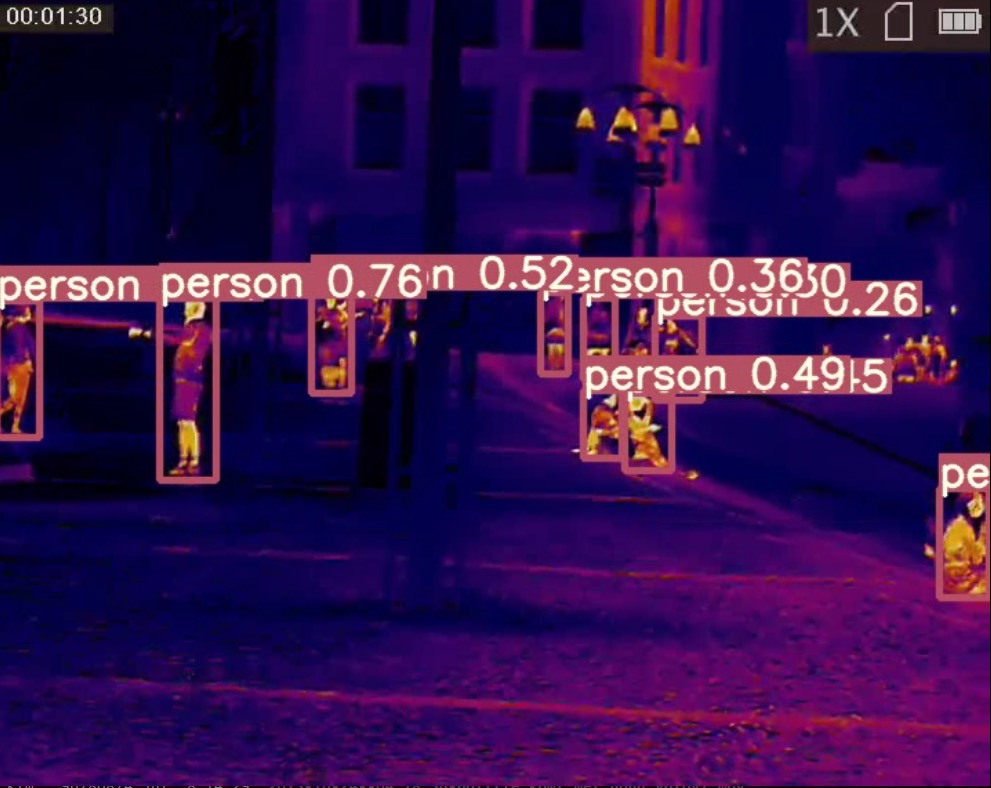
Thermal imaging cameras are hellishly expensive though and I’ve found that new extremely light sensitive cameras like the HIKvision colorvu series almost obsoletes them in terms of people detection at night at a fraction of the cost.
If you are interested I’d be happy to show you a demo in a video meeting sometime if you like. I’m pretty sure it would meeting all your intrusion detection and alerting needs.
My project page is
Video camera trap analysis help
21 November 2023 7:49am
14 December 2023 10:52am
Awesome! Will look into it.
14 December 2023 10:52am
Thanks so much, will look into it.
15 December 2023 4:48pm
Hi there!,
You should definitely check out VIAME, which includes a video annotation tool in addition to deep learning neural network training and deployment. It has a user friendly interface, has a publicly available server option that mitigates the need for GPU enabled computer for network training, and has an amazing support staff that help you with your questions. You can also download the VIAME software for local use. The tool was originally developed for marine life annotation, but can be used for any type of video or annotation (we are using it to annotate pollinators in video). Super easy to annotate as well. Worth checking out!
Cheers,
Liz Ferguson
Underwater camera trap for amphibian - Call for early users
13 December 2023 9:57pm
Shedding light on nocturnal behaviour: A cost-effective solution for remote, infrared video recording in the field
13 December 2023 5:55pm
Project support officer - Conservation Tech
11 December 2023 10:24pm
Is anyone or platform supporting ML for camera trap video processing (id-ing jaguar)?
27 November 2023 10:49am
7 December 2023 12:42pm
Hey there community! Im new here and looking after lots of answers too! ;-)
We are searching aswell for the most ideal App / AI technology to ID different cats, but also other mammals if possible
- Panthera onca
- Leopardus wiedii
- Leopardus pardalis
and if possible:
- Puma concolor
- Puma yagouaroundi
- Leopardus colocolo
- Tapirus terrestris
Every recommendation is very welcome, thanks!
Sam
7 December 2023 2:31pm
Is this from camera trap images? Videos? Wildlife Insights is great! It uses Megadetector as a first pass to filter out empty images (those without animals), which you can also just use on its own. If you want to do individual re-ID, you can use Wildme. And as I mentioned previously in the comments, Zamba Cloud can work with videos. Conservation AI is another player in the game as well.
11 December 2023 1:38pm
Also, take a look at TrapTagger. It has integration with WildMe.
Paving the Way for Women: LoRaWAN Technology in Akagera National Park with Clementine Uwamahoro
 Esther Githinji
and 1 more
Esther Githinji
and 1 more
29 November 2023 5:22pm
ICOTEQ launch TAGRANGER® system of products
23 November 2023 1:25pm
AWMS Conference 2023
Eliminatha, WiCT 2023 Tanzania
21 November 2023 1:09pm
Alternative to Reconyx Ultrafire
8 November 2023 9:07am
18 November 2023 8:22pm
The two cameras you mention below tick off most of the items in your requirements list. I think the exception is the “timed start” whereby the camera would “wake up” to arm itself after a certain date. Camlockbox.com provides security boxes for both.
Especially if a white flash is useful in your research, you may also want to consider the GardePro T5WF. I don’t have a lot of long-term experience with this camera, but it is one of the few that offers a white flash, and it has excellent battery life, especially for night captures. The audio can be a little flaky
I have done posts on these cameras, including a teardown. See:
https://winterberrywildlife.ouroneacrefarm.com/2022/04/10/browning-spec-ops-elite-hp5-teardown/
https://winterberrywildlife.ouroneacrefarm.com/2022/09/26/inside-the-bushnell-core-ds-4k-trail-camera/
https://winterberrywildlife.ouroneacrefarm.com/2023/11/18/gardepro-t5wf-white-flash-trail-camera/
I have heard reports that the HP5 can let in moisture in very wet environments. This may be a direct water contact type of thing, as we have never had water issues with this camera when it is installed in a lock box (US Northeast, Northwest).
We prefer the HP5 due to superior image and audio quality. That said, there is a known issue that with some HP5 cameras, with some fast (> 80 MB/s rated read) and large SD cards, the SD card can become corrupted, preventing the camera from capturing images. I address this, including a fix via firmware, in another post:
https://winterberrywildlife.ouroneacrefarm.com/2023/11/16/fixing-browning-edge-elite-hp4-and-hp5-sd-card-corruption/
Hope this helps.
-bob
Research/Field Technician - SPEC Lab Ocelot Research Program
16 November 2023 1:58pm
Insight; a secure online platform designed for sharing experiences of conservation tool use.
7 November 2023 1:01pm
DeepFaune: a software for AI-based identification of mammals in camera-trap pictures and videos
14 July 2023 3:14pm
24 October 2023 8:46pm
Hello to all, new to this group. This is very exciting technology. can it work for ID of individual animals? we are interested in Ai for identifying individual jaguars (spots) and andean Bears (face characteristics). Any recommendation? contact? thanks!
German
25 October 2023 8:57am
That's a very interesting question and use case (I'm not from deepfaune). I'm playing with this at the moment and intend to integrate it into my other security software that can capture and send video alerts. I should have this working within a few weeks I think.
The structure of that software is that it is two stage, the first stage identifies that there is an animal and it's bounding box and then there's a classification stage. I intend to merge the two stages so that it behaves like a yolo model so that the output is bounding boxes as well as what type of animal it is.
However, my security software can cascade models. So if you were able to train a single stage classifier that identifies your particular bears, then you could cascade all of these models in my software to generate an alert with a video saying which bear it was.
4 November 2023 4:51am
Hi @GermanFore ,
I work with the BearID Project on individual identification of brown bears from faces. More recently we worked on face detection across all bear species and ran some tests with identifying Andean bears. You can find details in the paper I linked below. We plan to do more work with Andean bears in 2024.
I would love to connect with you. I'll send you a message with my email address.
Regards,
Ed
Multispecies facial detection for individual identification of wildlife: a case study across ursids | Mammalian Biology
To address biodiversity decline in the era of big data, replicable methods of data processing are needed. Automated methods of individual identification (I
Nepal's tiger conservation gets tech boost with AI-powered deer tracking
30 October 2023 1:23pm
Modifying GoPro cameras to be IR sensitive.
25 October 2023 6:38pm
27 October 2023 6:35am
Hi Jay!
Thanks for posting this here as well as your great presentation in the Variety Hour the other day!
Cheers!
5 Trailblazing Wildlife Monitoring Tech Solutions across East Africa. What Monitoring Technologies are you using?
25 October 2023 12:40pm
Metadata standards for Automated Insect Camera Traps
24 November 2022 9:49am
2 December 2022 3:58pm
Yes. I think this is really the way to go!
6 July 2023 4:48am
Here is another metadata initiative to be aware of. OGC has been developing a standard for describing training datasets for AI/ML image recognition and labeling. The review phase is over and it will become a new standard in the next few weeks. We should consider its adoption when we develop our own training image collections.
24 October 2023 9:12am
For anyone interested: the GBIF guide Best Practices for Managing and Publishing Camera Trap Data is still open for review and feedback until next week. More info can be found in their news post.
Best,
Max
Trail cam recommendations for capturing small, quick mammals at night?
16 October 2023 12:01am
20 October 2023 3:24pm
Hi @MaddievdW have you considered using a 'tunnel' to help, well, funnel, small critters into a space with a camera that makes it a bit easier for detections? A few years back, we made a PVC pipe tunnel with a protected food lure that seemed to work well with even cheapy trail cameras (and in fact, we ended up having to block some of the IR illumination using a few layers of athletic tape over the LED array). Here's a rather blurry image of a bandicoot we got: 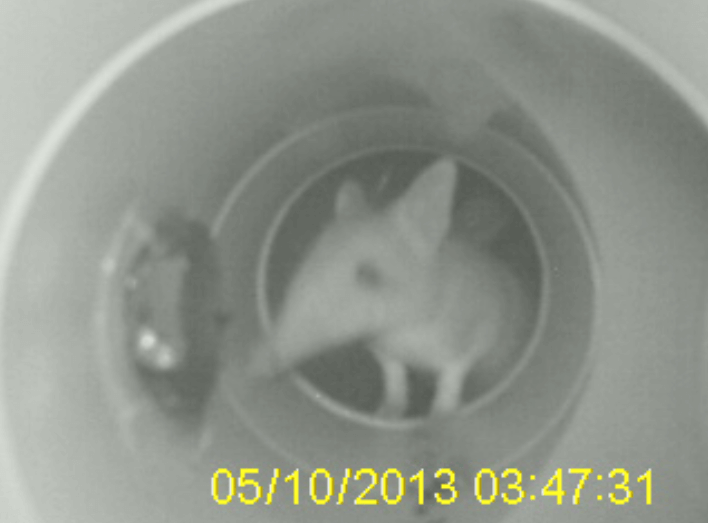
And another of an antechinus:
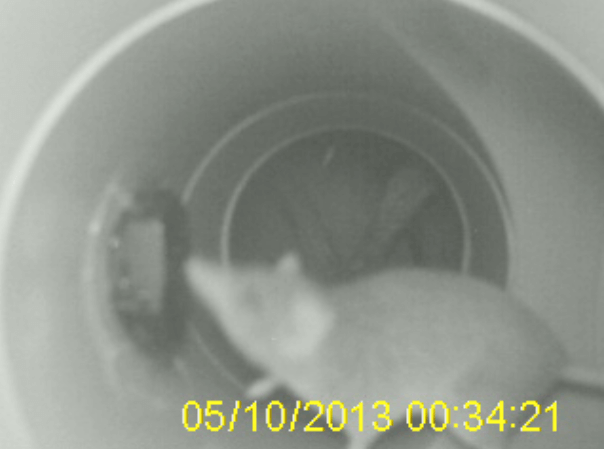
We weren't that concerned with image quality, as we were actually testing an RFID logger in the tunnel also, and simply wanted to know if we got critters with no tags and what species (if possible). So one thing I'd definitely consider if you go down this path is focal length of the camera. Here's a previous discussion on a similar idea:
I guess you could always 'calibrate' it to a certain extent by just using a longer section of pipe. Here's what our set up looked like, but again, we had the RFID logger, so a camera-only version would be a bit simpler - the camera and battery was in the screw top section on the left-hand-side of the tunnel image and each entrance had RFID antennas linked backed to a logger in the same compartment as the camera:
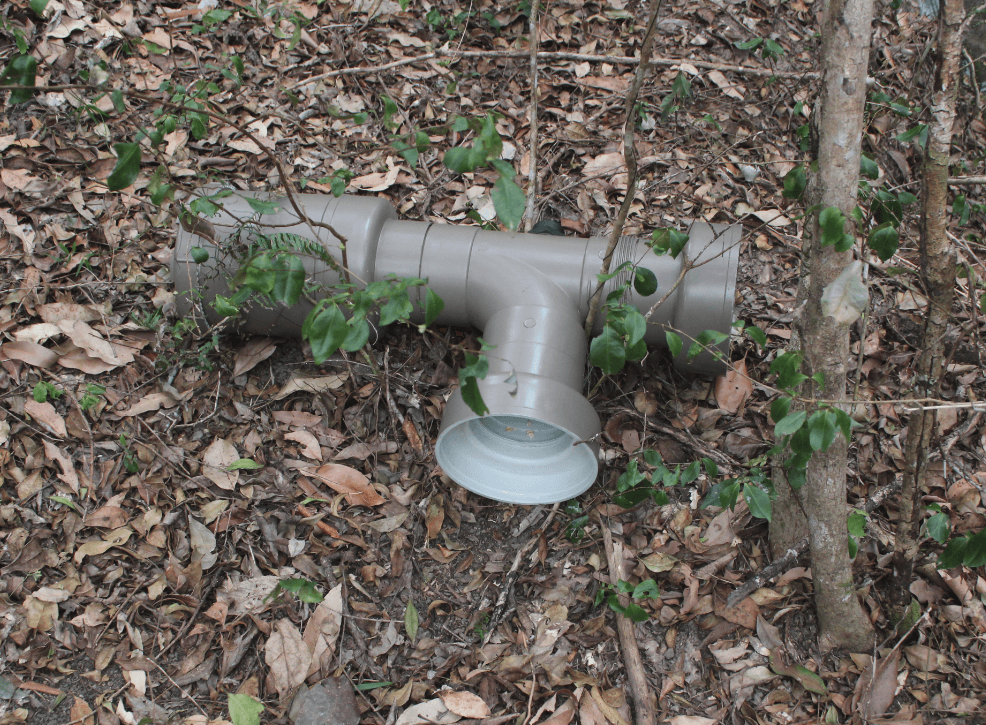
All the best for your research,
Rob
20 October 2023 5:06pm
Addressing each of the questions/issues posed:
Triggering Camera:
If you are getting triggers, but empty frames, during known visits by these lickety-split animals, the issue is the trigger speed. Looking at the Browning selection guide, for example, https://browningtrailcameras.zendesk.com/hc/en-us/article_attachments/12697703673243
I see that the Elite-HP5 models have a 100 ms advertised min trigger speed, which is slightly (50 ms) than the Dark Ops Pro DCL. This is equivalent to 2 earlier frames (at 60 FPS video), which could be significant with fast moving targets.
I have found, BTW, counterintuitively, that for Browning SpecOps and ReconForce models (Elite-HP5) that camera gets to first frame sooner when taking videos vs. when taking stills. I don’t understand this completely, but it’s a thing.
If you are not getting any triggers, then the PIR sensor is somehow missing the target. Make sure you understand the “detection zones” supported by your camera. These are not published, but can be determined with some patience and readily available “equipment” – see my post on “Trail Camera Detection Zones” at https://winterberrywildlife.ouroneacrefarm.com/2022/08/01/deep-tech-trail-camera-detection-zones/
Putting more than one camera at a site may also increase the probability that at least one triggers (and may improve lighting, see below)
If you’re consistently missing triggers, you may have to consider a non-PIR sensor. Unfortunately, this removes you from the domain of commercial trail cameras. Cognisys makes a number of “active” sensors based on “break beam” and (now) lidar for use with DSLR-based camera traps. You would also have to come up with your own no-glow lighting source, and hack the DLSR camera to remove the (built-onto-the sensor) IR filter. In our experience, these sets are 10x more expensive and time consuming vs. commercial trail camera sets, and are only justified by the potential for (a few) superior images.
The species-specific triggers and sets mentioned on this thread seem like a better option.
Avoiding daytime false triggers: All the commercial trail cameras I’m aware of have a single type of trigger sensor. It is based on a Passive InfraRed (PIR) sensor and Fresnel lens. Apps, Weldon and McNutt cover this admirably in Peter Apps, John Weldon McNutt, “How camera traps work and how to work them,” African Journal of Ecology, 2018.
These sensors trigger on changes in certain areas of the thermal field – in practice a combination of a heat and motion in one or more detection zones. They are not decomposable.
Some cameras (e.g. Browning SpecOps, and maybe the Dark Ops Pro?) allow you to set hours of operation so that the camera only triggers at night, for example. This would cause you to (for sure) miss “off hours” appearances by your target species, but would avoid daytime false triggers.
No Glow Image Quality: The good news about longer wavelength “No-Glow” flashes is that animals are less sensitive to them. The bad news is that the CMOS image sensors used by cameras are also less sensitive to the longer IR. Less signal leads to lower quality images. Others have mentioned adding supplemental no-glow illumination. An easy way to do this would be to set up two cameras at each of your sites. When they are both triggered, each will “see” twice as much illumination, and image quality will be improved. Browning SpecOps models (at least) have dynamic exposure control on video which allows this scheme to work (with only a frame or two of washout) while the algorithm adjusts exposure). For an example of this effect, see opening porcupine sequence in our video at https://www.youtube.com/watch?v=itx7KnlxKS4
21 October 2023 12:52am
Hi Maddie,
This camera has a very quick reaction time.
Reconyx HF2X HyperFire 2 Covert IR Camera | Faunatech
The Reconyx HF2X is a state-of-the-art digital trail camera with passive infrared (PIR) motion detection and a high-output covert infrared nighttime…
Shedding light on nocturnal behavior: A cost-effective solution for remote, infrared video recording in the field
20 October 2023 12:31pm
Correspondence among multiple methods provides confidence when measuring marine protected area effects for species and assemblages
20 October 2023 12:28pm
Catch up with The Variety Hour: October 2023
19 October 2023 11:59am
GEO BON Monitoring Biodiversity for Action
5 October 2023 3:10pm
Good Thermal/ Night Vision Cameras?
1 September 2023 7:15pm
14 September 2023 1:31pm
@LucyHReaserRe At this area in the past, we have tried using a normal trail IR camera, but with very limited sensitivity. I have thought about adding the IR fog lights out there to help, but was leaning towards the thermal cameras to allow for more types of data to be taken from the images in the future i.e. age class based on heat signatures.
Thank you all for providing input, I will look into each of these ideas!
22 September 2023 11:13am
I'm jupping into the discussion, with a similar objective. I'm looking for a thermal camera trap, (I know cacophony). it would be use to improve invasive speices monitoring especially for rats and feral cats.
Any idea?
Thanks
22 September 2023 12:56pm
Hi @mguins , as @kimhendrikse mentioned resolution (and also brand) for thermal cameras can dictate a big jump in price. GroupGets has a budget Lepton (FS - short for 'factory second' I think) if you wanted to check one out:
They also have a bunch of other Flir products and boards for interfacing with Leptons etc., so worth a browse of the shop. It could also be worth taking a look at Seek modules, some of which @Alasdair has experience with : (e.g.
They also have modules you can connect to a mobile phone:
Compact Series
USD
@TopBloke I'd be very keen to see your Lepton camera trap too!
Cheers,
Rob
Q&A: UK NERC £3.6m AI (image) for Biodiversity Funding Call - ask your questions here
13 September 2023 4:10pm
21 September 2023 4:27pm
This is super cool! Me and @Hubertszcz and @briannajohns and several others are all working towards some big biodiversity monitoring projects for a large conservation project here in panama. The conservation project is happening already, but hubert starts on the ground work in January and im working on a V3 of our open source automated insect monitoring box to have ready for him by then.
I guess my main question would be if this funding call is appropriate/interested for this type of project? and what types of assistance are possible through this type of funding (researchers? design time? materials? laboratory field construction)
Camera Trap Data Management Survey: Results
20 September 2023 1:46am












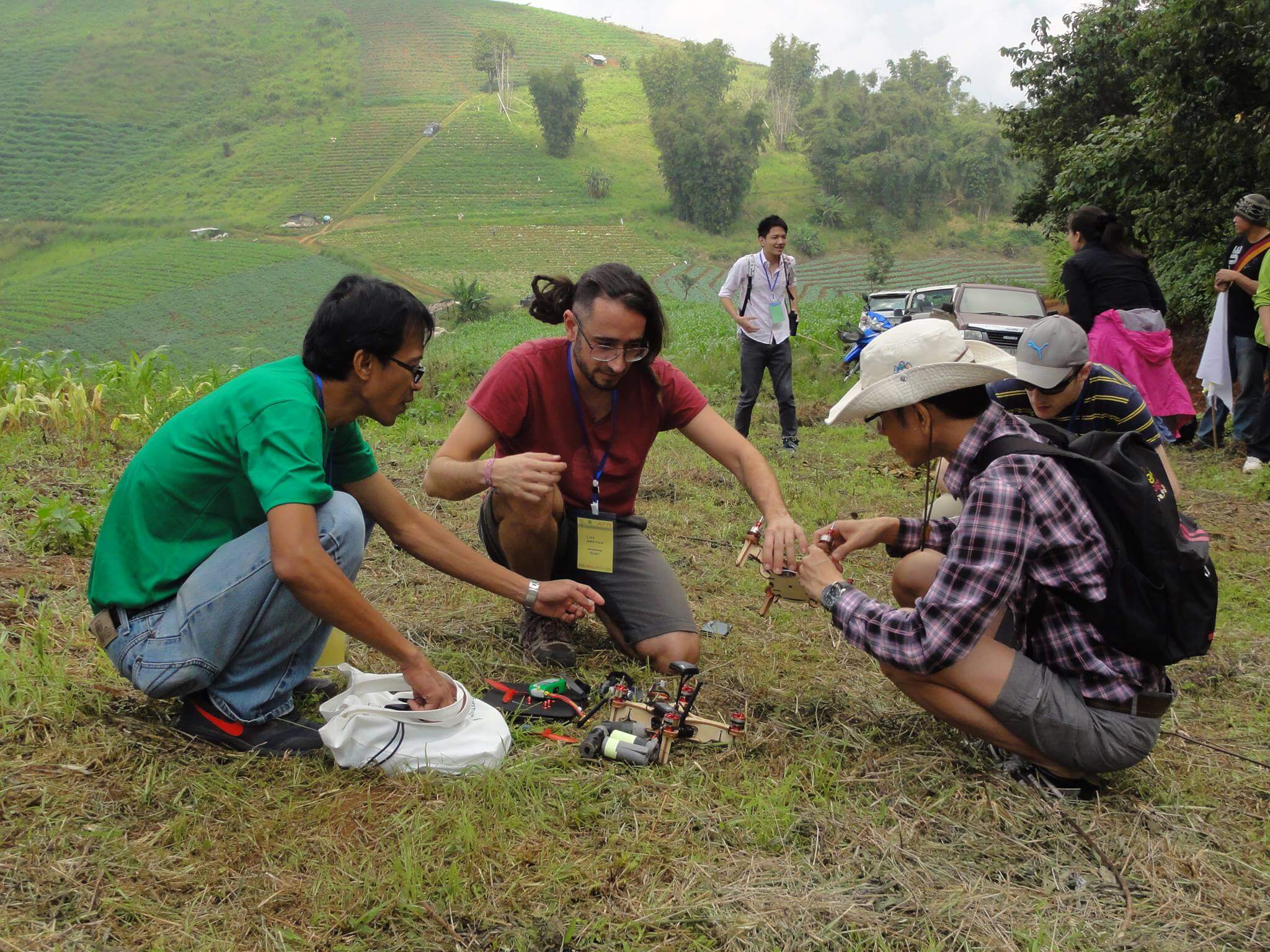



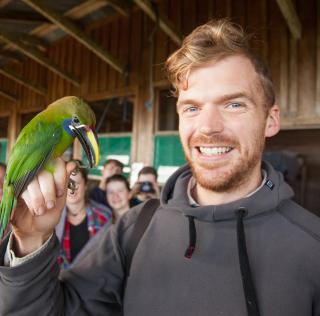

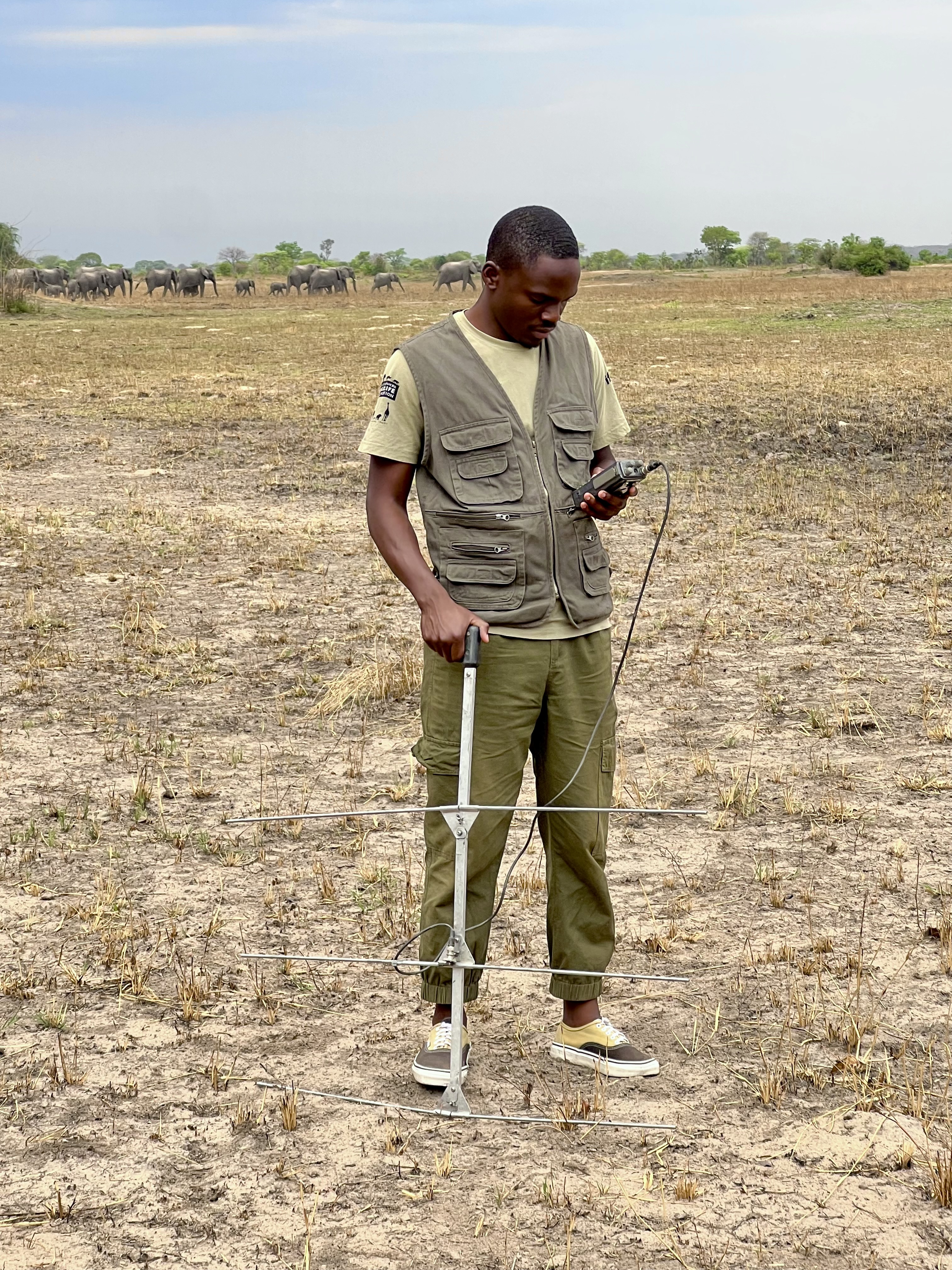




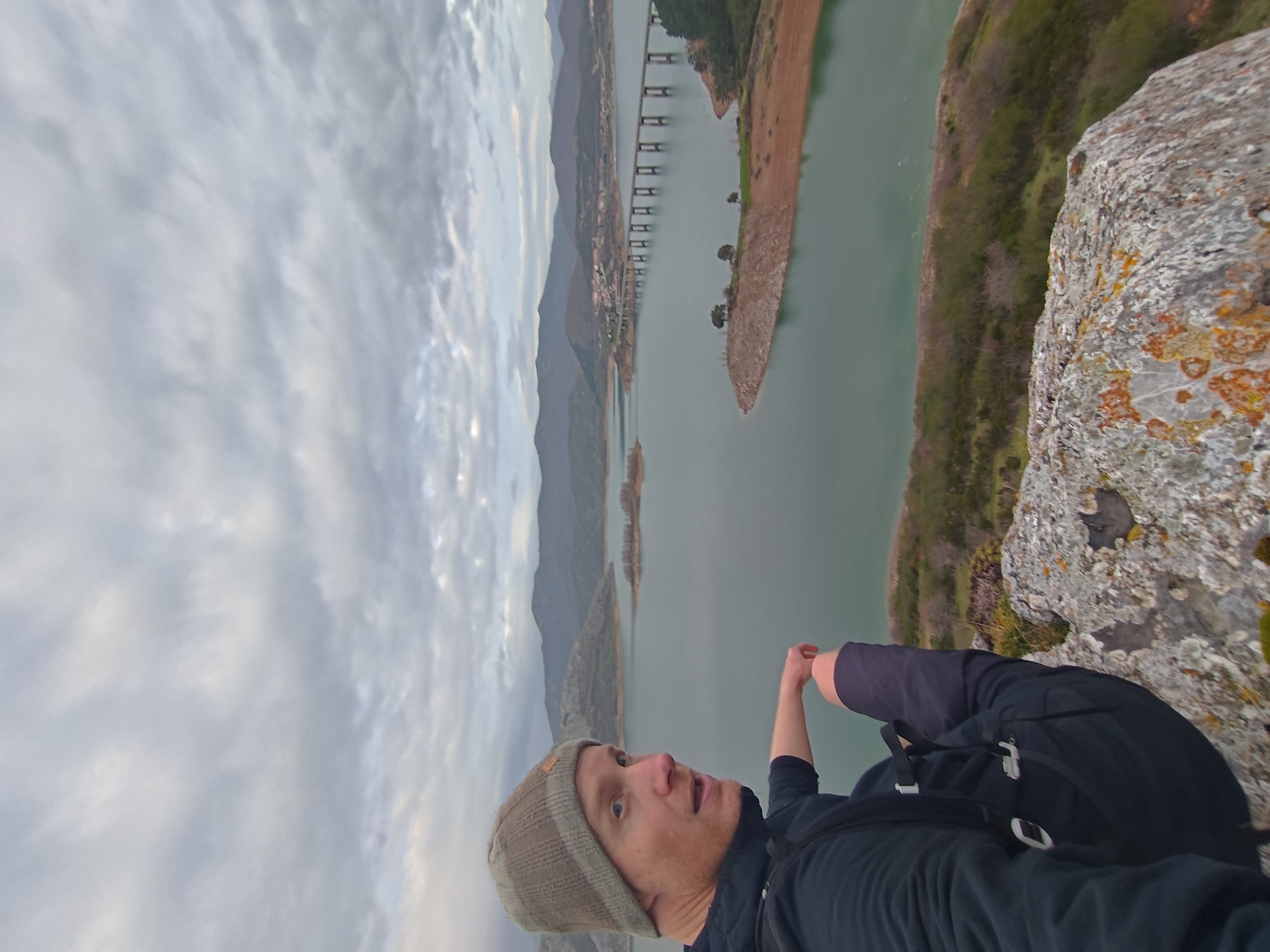


















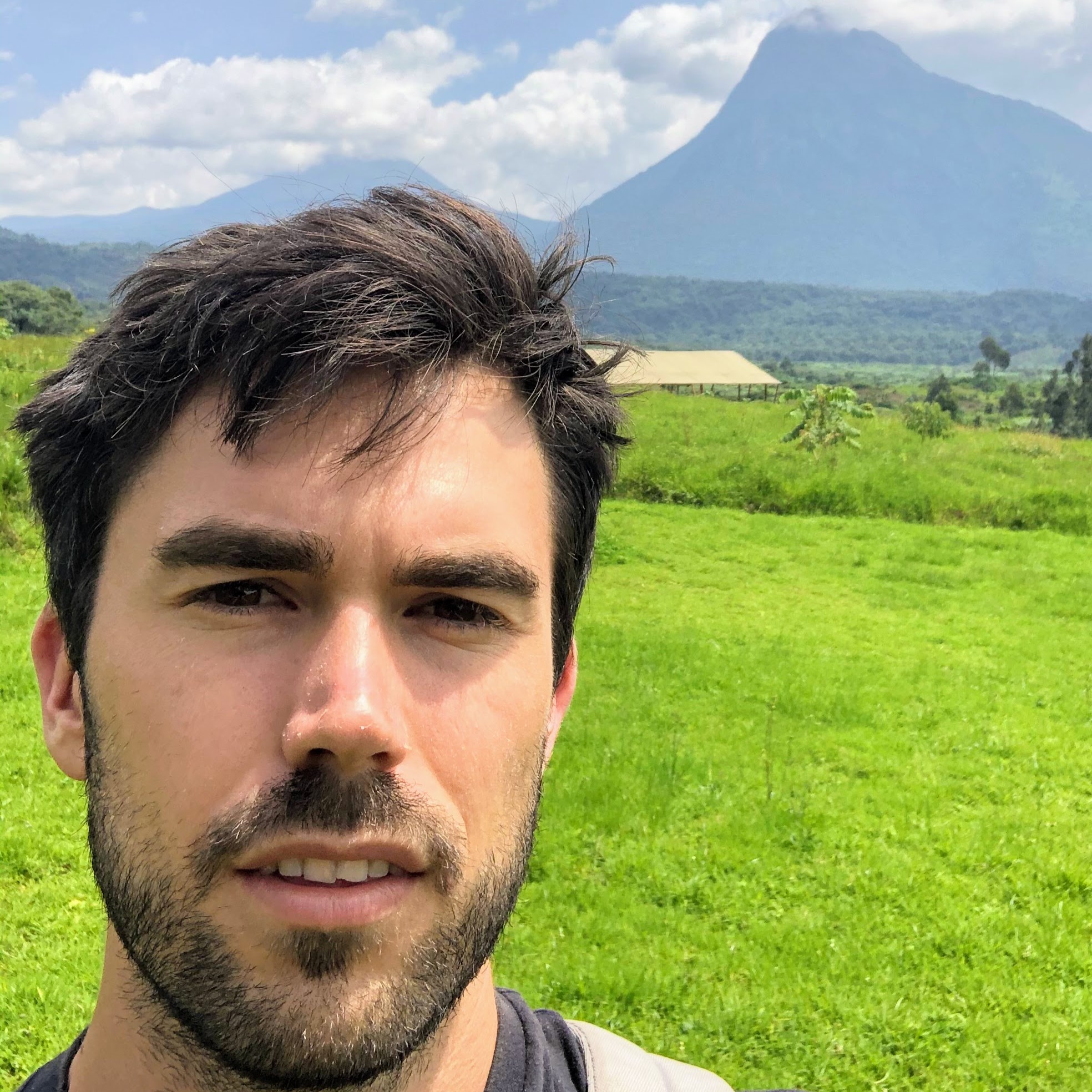


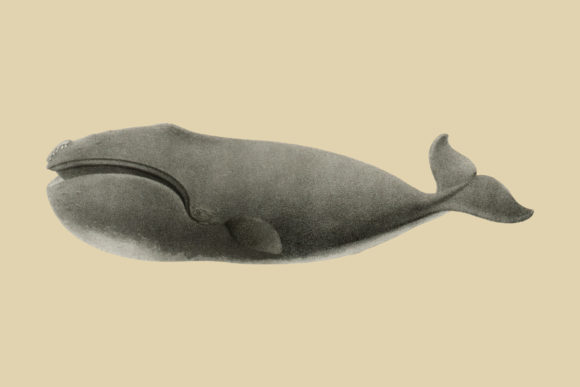
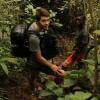





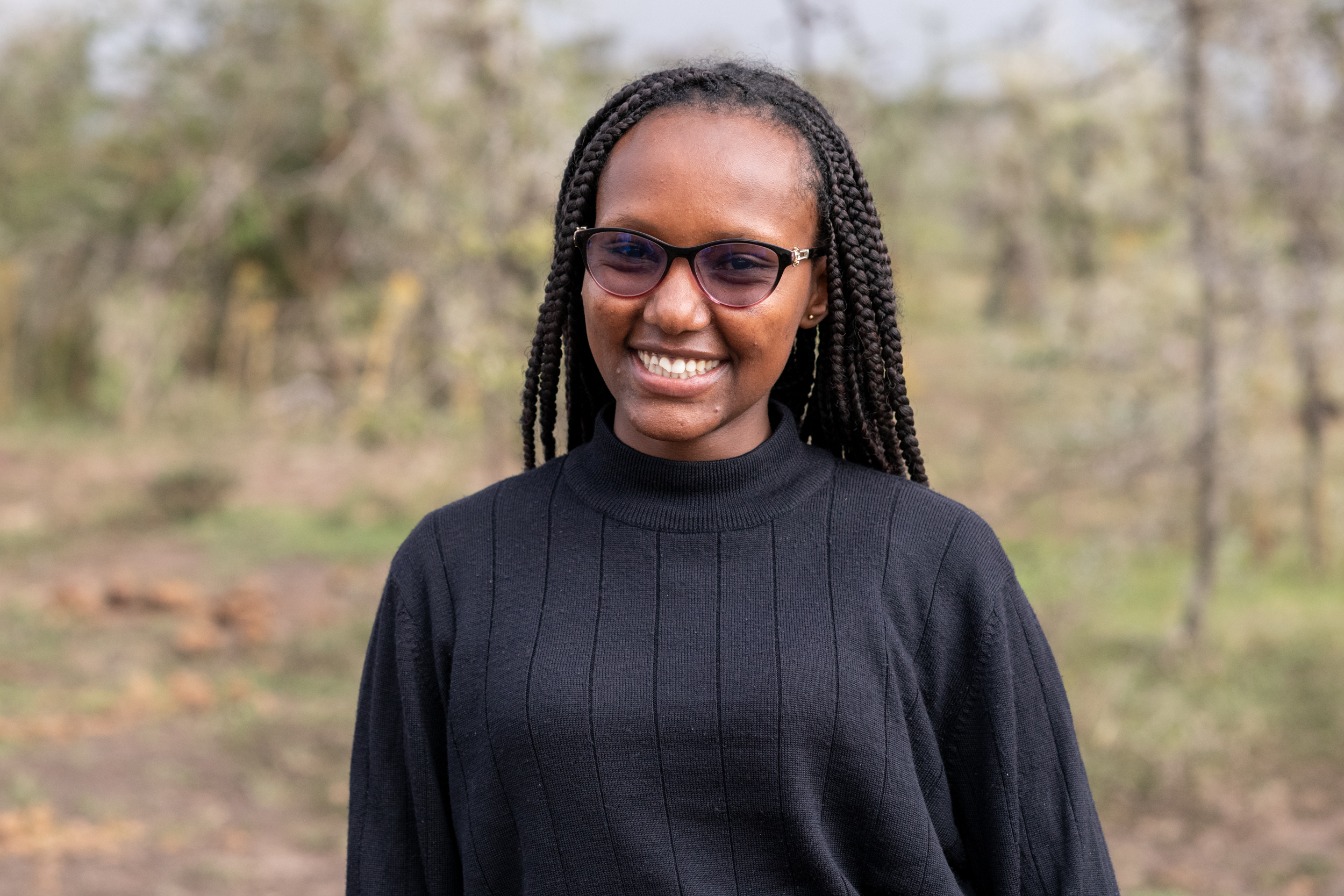
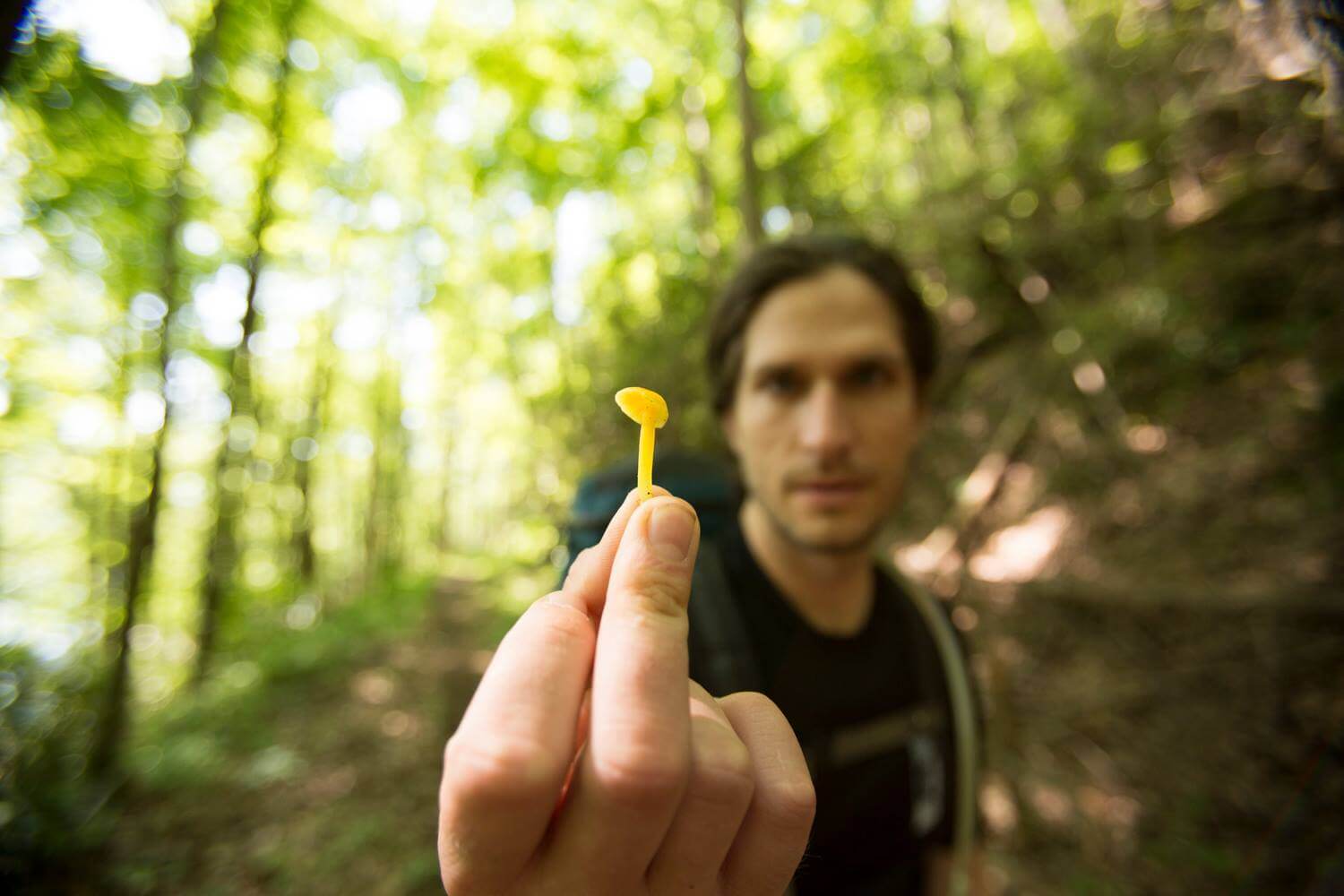
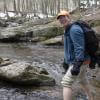






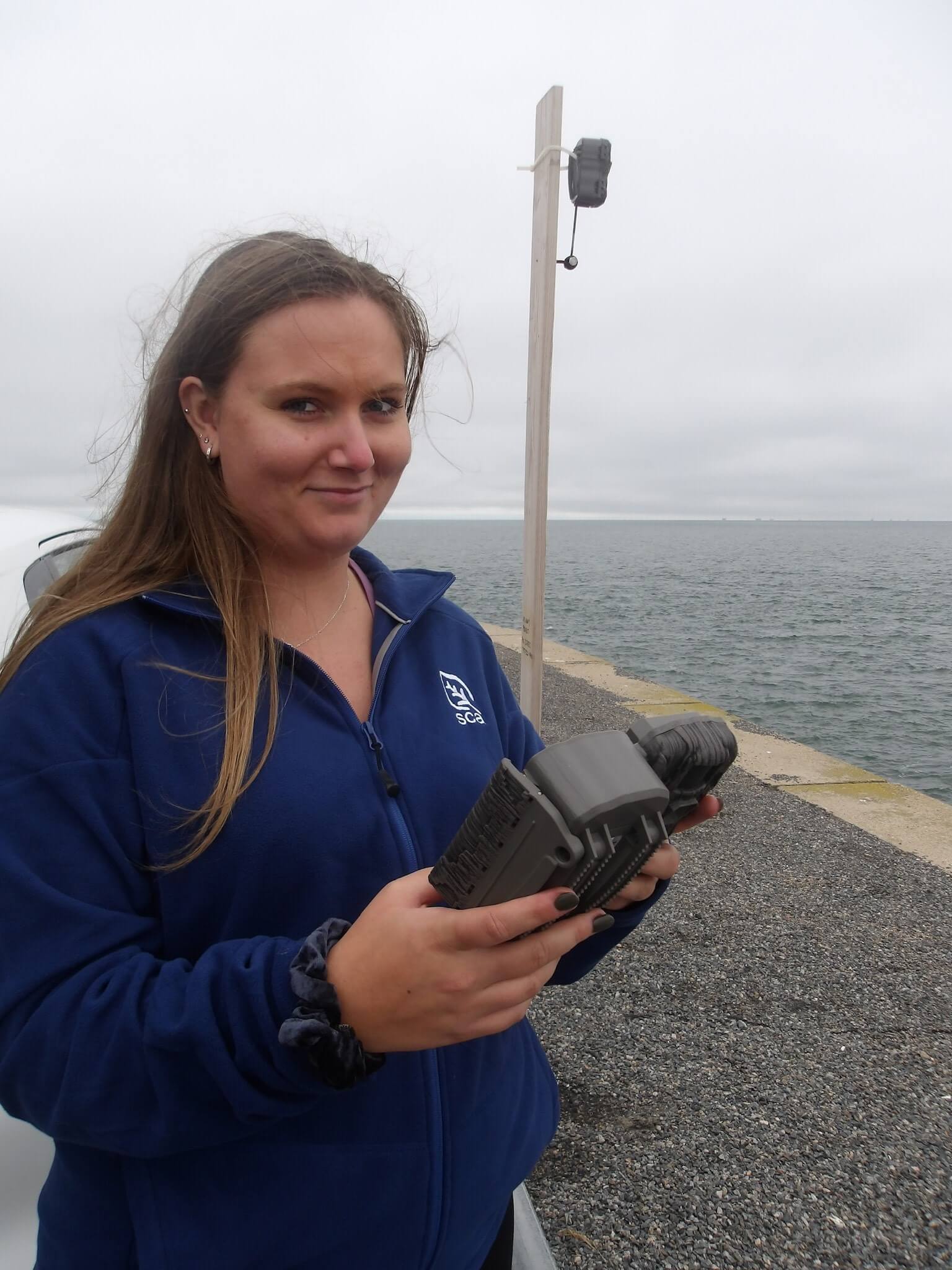
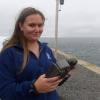


15 December 2023 4:53pm
This is awesome - thanks for sharing Stephanie!! We actually were looking around for a low-cost video camera to augment an MPA monitoring project locally and this looks like a really great option!
Cheers, Liz